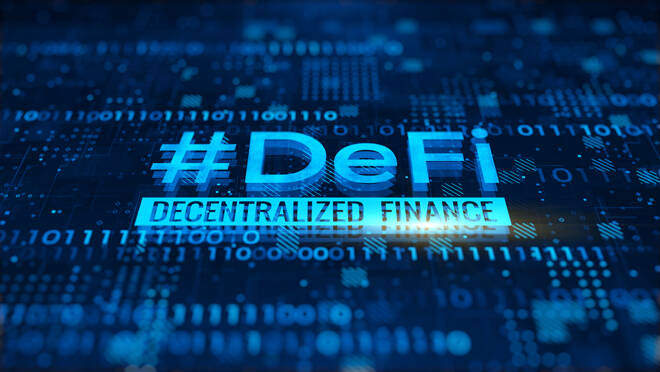Advertisement
Advertisement
Illicit Transfers to DeFi Protocols Rise by 1,964% to $900 Million in 2021
Updated: Jan 27, 2022, 13:10 GMT+00:00
The rising proficiency of cybercrime has led to over $33 billion worth of cryptocurrency being laundered in the last 4 years.
At the heart of blockchain technology and cryptocurrencies are decentralization and anonymity. While most of the people entering the space do it for a good cause there are many others who take advantage of the potentiality and end up tarnishing its credibility.
Crypto Criminals
Money laundering is becoming a rather common crime particular to cryptocurrency. Even though the cryptocurrencies that are being used as vehicles end up at a small group of services, these services together have managed to abstract over $8.6 billion just last year.
The report from Chainalysis indicated that compared to 2020 when about $6.6 billion worth of cryptocurrencies were laundered, 2021 witnessed a 30% increase.
While these figures only represent money from cybercrimes such as darknet market sales and ransomware attacks, the actual amount of fiat being laundered using crypto as the vehicle remains unknown.
Surprisingly while $33 billion in cryptocurrencies have been laundered since 2017 it only accounts for 0.05% of all crypto transactions. On the other hand, as per the UNODC, fiat laundering accounts for about 5% of the global GDP.
But the question is where is this money actually going?
Into DeFi Protocols
Although until 2019 centralized exchanges were the hotspot for all the laundered money, it changed as crypto started becoming more mainstream and developers initiated the DeFi boom.
Between 2020 and 2021 as Decentralized Finance protocols began emerging these crypto criminals found an opportunity to further mask their activities and thus this sector of the crypto industry witnessed a spike in illicit transfers.
Although the amount is significant, it still accounts for a mere 0.46% of the DeFi market’s actual value. Despite the recent crash which wiped out $35 billion from this market the total value locked in such protocols came up to over $192 billion.
And considering the inclusion of the rise of NFTs and more DeFi based services, this space is only going to witness more growth in the coming time.
About the Author
Aaryamann Shrivastavaauthor
Holding a Mass Media Degree has enabled me to better understand the nitty-gritty of being a journalist and writing about cryptocurrencies’ news and price movements, effects of market developments, and the butterfly effect of individual assets nurtured me into a better investor as well.
Did you find this article useful?
Latest news and analysis
Advertisement
